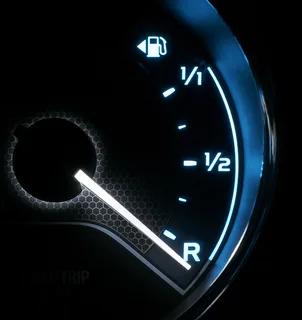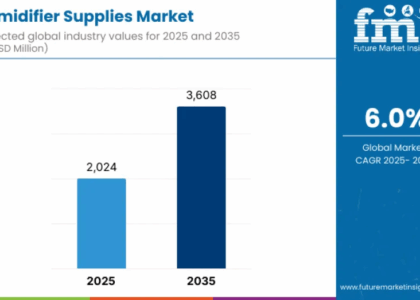The global automotive fuel gauge market is estimated at USD 4.2 billion in 2025 and is projected to reach approximately USD 5.75 billion by 2035, expanding at a compound annual growth rate (CAGR) of 2.9% during the forecast period. Growth has been shaped by ongoing vehicle electrification, evolving diagnostics standards, and demand for improved fuel consumption insights in both conventional and hybrid vehicles.
Modern vehicles have transformed into rolling computers—packed with sensors, AI-driven alerts, and infotainment systems that rival home theaters. But amid all the technological wizardry, one component remains stubbornly basic and dangerously underappreciated: the fuel gauge.
Yes, that humble needle or digital bar graph on your dashboard. The one you’ve probably glanced at a thousand times without a second thought. It’s not flashy. It doesn’t get software updates. But if it fails—especially in commercial fleets, aircraft, or high-speed vehicles—the consequences can be catastrophic.
Get Ahead with Our Report: Request Your Sample Now!
https://www.futuremarketinsights.com/reports/sample/rep-gb-17657
The Gauge Everyone Assumes Works Perfectly
In the automotive world, the fuel gauge is often treated like a solved problem. OEMs and Tier 1 suppliers spend billions refining battery management systems and advanced driver assistance features. Meanwhile, the fuel gauge—despite being essential to operational safety—rarely earns a mention in R&D meetings.
But ask any engineer and they’ll tell you: getting a fuel gauge to read accurately, across extreme temperatures, varied tank shapes, and vibration-heavy environments, is anything but simple.
A Cracking Foundation in a Software-First Era
As the auto industry shifts toward digital transformation, many legacy components are getting software makeovers. But the fuel gauge hasn’t kept up. The analog senders and float mechanisms used in millions of vehicles are increasingly incompatible with the smart systems automakers are integrating.
That’s creating friction. Inaccurate readings lead to sudden stalls. In commercial fleets, they can disrupt logistics and violate compliance standards. And in electric hybrid vehicles, where fuel is a backup system, a faulty gauge can create false confidence—or lead to total vehicle shutdowns.

An Overlooked Manufacturing Gap
Globally, most fuel gauge components are still manufactured using traditional methods with minimal automation. Precision and durability often vary by supplier, and high failure rates are quietly absorbed as routine maintenance.
But as more automakers pursue lean production, just-in-time delivery, and predictive maintenance systems, these small inefficiencies add up. A miscalibrated sensor here, a poorly shaped fuel tank there—each becomes a data liability.
And here’s the kicker: despite the move to EVs, hybrid models with gasoline reserves are expected to dominate for years in key global markets. In other words, the fuel gauge isn’t going anywhere.
Signal Loss in the EV Race
Ironically, even the electric revolution doesn’t eliminate the problem. EV makers still rely on similar sensor technology to monitor battery state-of-charge. Lessons from traditional fuel gauge design are more relevant than ever, especially in plug-in hybrids where dual monitoring is required.
Yet many EV startups approach these systems as an afterthought, prioritizing software interfaces over sensor fidelity. That’s a dangerous gamble, especially when consumer trust in range accuracy is already fragile.
Exhaustive Market Report: A Complete Study
https://www.futuremarketinsights.com/reports/automotive-fuel-gauge-market
Course Correction: From Gauge to Guardian
If automakers want to create truly reliable vehicles—whether powered by gas, electricity, or both—they need to revisit the fundamentals. The fuel gauge isn’t just a readout. It’s a sentinel for safety, efficiency, and trust.
That means investing in better tank sensor technology. It means training specialists in fluid dynamics and signal calibration. And it means recognizing the gauge not as a “legacy part,” but as critical infrastructure in an increasingly complex vehicle ecosystem.
Wake-Up Call for a Quiet Crisis
This is not a call for nostalgia—it’s a demand for accountability. A digital revolution means little if the basics don’t work. Just ask the delivery driver stuck on the side of a highway, or the logistics manager rerouting a fleet because fuel tracking failed.






